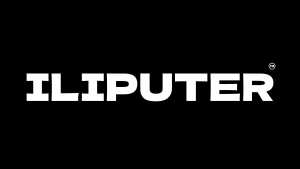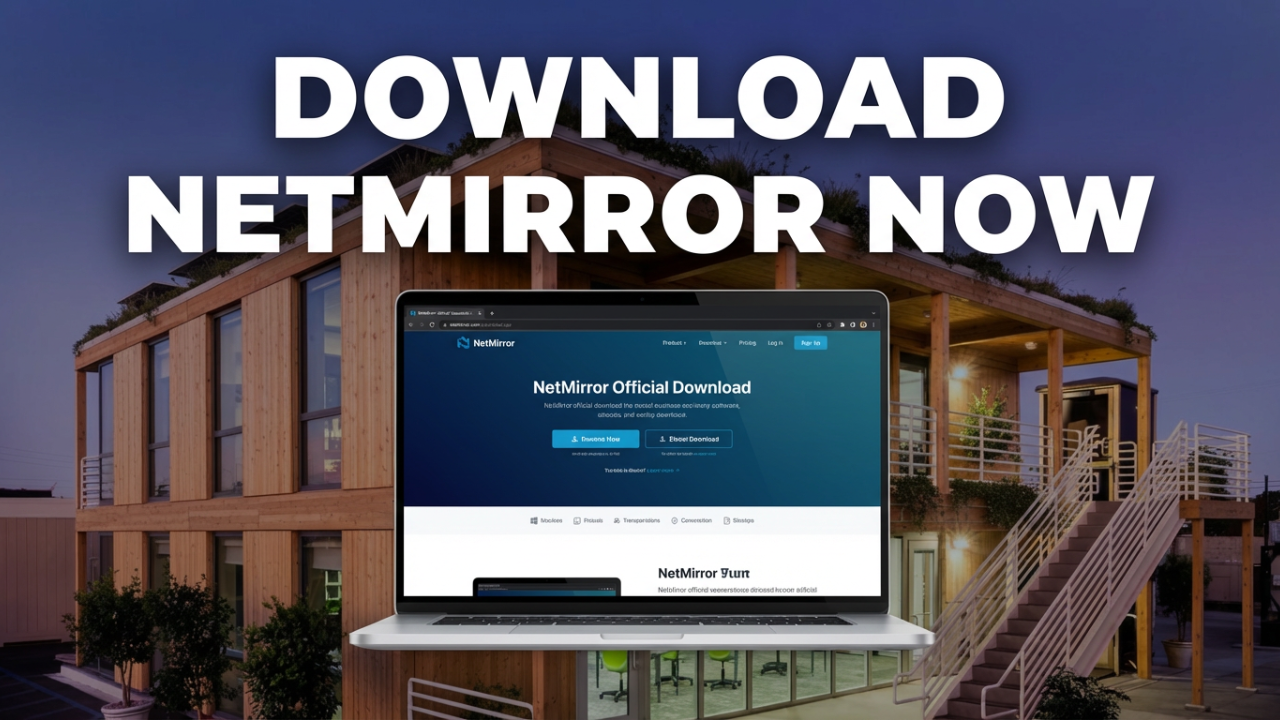Understanding Mainframe Computers: The Backbone of Enterprise Computing
In today’s rapidly evolving technological landscape, the term “mainframe computer” often evokes a sense of nostalgia—a relic from a bygone era of computing. However, contrary to this perception, mainframe computers play a crucial role in the modern enterprise environment. These powerful systems offer unparalleled processing capabilities, reliability, and security, making them indispensable for businesses handling significant volumes of transactions and data. In this blog post, we will explore what mainframe computers are, their architecture, significance, and applications, as well as their future in an increasingly cloud-centric world.

Defining Mainframe Computers
Mainframe computers are large, high-performance computing systems designed to handle vast amounts of data and multiple simultaneous transactions. They are characterized by their processing power, the ability to support thousands of users and applications concurrently, and a level of reliability that is exceptional for mission-critical tasks. Mainframes are often regarded as the backbone of large enterprises, government organizations, and financial institutions that require robust computing capabilities for their operations.
Unlike personal computers (PCs) or servers, which may focus on specific applications or tasks, mainframes are built with a powerful architecture that allows them to manage extensive databases, execute complex calculations, and process numerous transactions in real time. Their design emphasizes scalability, reliability, and security, attributes that are essential for organizations operating in sensitive industries.
The Architecture of Mainframe Computers
Mainframe architecture is distinct from that of smaller computing systems and consists of several key components:
- Central Processing Unit (CPU): The heart of the mainframe, the CPU, is capable of handling multiple instructions simultaneously. Modern mainframes often incorporate multiple CPUs to distribute workloads efficiently.
- Memory: Mainframes boast vast amounts of high-speed RAM, allowing them to store and process large datasets quickly. This memory is vital for high-performance computing, ensuring rapid access to data.
- Input/Output Controllers: Mainframes feature sophisticated I/O systems that enable them to connect to numerous peripheral devices, such as disk drives, tape drives, and network connections. This flexibility is crucial for integrating with other systems and managing data flow.
- Operating System: Mainframes operate on specialized operating systems (e.g., IBM’s z/OS) designed to optimize resource allocation, manage multitasking, and maintain system security. These operating systems include features specifically tailored for high-volume transaction processing.
- Virtualization: One of the most powerful aspects of mainframe technology is its support for virtualization. Multiple virtual machines can run on a single physical mainframe, allowing organizations to maximize resource utilization and reduce costs.
The Significance of Mainframe Computers
Mainframes play a vital role in sectors such as finance, insurance, healthcare, and government. Here are some reasons they remain significant in the computing ecosystem:
- Reliability and Availability: Mainframes offer high levels of fault tolerance, ensuring uninterrupted service even during hardware failures. They are designed for continuous operation, making them essential for organizations that rely on 24/7 availability for mission-critical applications.
- Scalability: As businesses grow, their computational needs often increase proportionately. Mainframe systems can scale seamlessly, allowing organizations to add processing power or memory as required without significant disruptions.
- Security: In an age where data breaches and cyber threats are rampant, mainframe computers provide robust security features. They offer advanced encryption, secure access controls, and comprehensive auditing capabilities to safeguard sensitive information.
- Transaction Processing: Mainframes are particularly adept at transaction processing. They handle millions of transactions per day in sectors like banking and airlines, ensuring speed and accuracy while managing complex transaction workflows.
- Cost-Effectiveness: While the initial investment in mainframe technology can be significant, organizations often find that the total cost of ownership is lower than that of distributed systems. Mainframes can handle extensive workloads, reduce operational costs, and minimize the need for extensive infrastructure.
Applications of Mainframe Computers
Mainframe computers are found in a diverse range of applications, including but not limited to:
- Financial Services: Banks and financial institutions rely on mainframes for processing transactions, managing accounts, and running core banking applications. Systems like IBM’s z/OS are often used for these high-volume applications.
- Telecommunications: Telecom companies utilize mainframes for managing call data records, billing, and customer interaction systems, enabling them to handle millions of customer transactions seamlessly.
- Healthcare: Mainframes support hospitals and health insurance companies in managing patient records, billing systems, and regulatory compliance processes, ensuring secure and efficient data handling.
- Government and Public Sector: Many government agencies use mainframe systems for tasks such as social security administration, tax processing, and public safety applications. These systems handle sensitive citizen data and require a high degree of security and reliability.
The Future of Mainframe Computers
The question arises: what does the future hold for mainframe computers in an era dominated by cloud computing and distributed architectures? Although the landscape of IT is rapidly changing, mainframes have demonstrated remarkable resilience and adaptability:
- Integration with Cloud Computing: Many organizations are adopting hybrid models that integrate mainframe capabilities with cloud computing. This allows them to harness the strengths of both environments, optimizing performance while reducing costs associated with on-premises infrastructure.
- Embracing Modern Technologies: Mainframe technology continues to evolve, incorporating modern development practices such as DevOps, microservices, and containerization. These advancements help organizations innovate while leveraging their existing mainframe investments.
- Skills Gap: As the workforce experiences a demographic shift, organizations face a growing skills gap when it comes to mainframe expertise. Educational initiatives and training programs aimed at younger professionals are essential to nurture a new generation of mainframe specialists.
- Growing Data Needs: The exponential growth of data presents both challenges and opportunities. Mainframes are uniquely positioned to manage and analyze big data, offering valuable insights that drive decision-making and business strategy.
Conclusion
Mainframe computers, often misunderstood as relics of the past, remain pivotal in the modern computing landscape. Their unique architecture, reliability, scalability, and security features make them indispensable assets for organizations handling large volumes of transactions and data. As technology continues to evolve, mainframes will adapt and integrate with emerging solutions, ensuring they remain relevant and impactful. In an era where data is king, mainframe computers will continue to be the unsung heroes that power enterprises and organizations around the globe.






